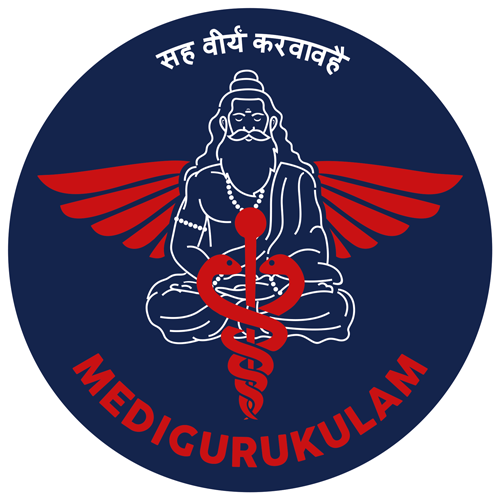Exploring the Complexities of Bacterial Taxonomy in Modern Medical Education
- Medigurukulam
- Jun 5
- 3 min read
Updated: Aug 22
Bacterial taxonomy is not just a technical term; it's a crucial field in medical education. Understanding how bacteria are classified helps healthcare professionals address both health and disease effectively. With bacteria playing significant roles in various medical conditions, a solid grasp of taxonomy is essential for accurate diagnosis and treatment. This post will explore the complexities of bacterial taxonomy and its impact on current medical education.
The Importance of Bacterial Taxonomy
Understanding bacterial taxonomy is vital for healthcare providers, enabling them to identify pathogens and understand their relationships. Bacteria are classified using several criteria, such as shape, genetic makeup, and metabolism. For instance, certain bacteria may appear rod-shaped (bacilli) or spherical (cocci), and recognizing these differences can lead to accurate identification.
Effective classification directly influences treatment decisions. For example, knowing that a patient has a Staphylococcus aureus infection allows a clinician to prescribe specific antibiotics. With antibiotic resistance on the rise—affecting nearly 30% of treated patients worldwide—it is crucial for professionals to be equipped with the right knowledge about bacterial classifications and their implications for drug resistance. This foundational understanding can lead to appropriate treatment protocols and better patient outcomes.
The Classification Systems
Bacterial taxonomy uses various classification methods, most notably the Linnaean system alongside modern genetic approaches. The Linnaean classification system breaks down organisms into organized levels: domain, kingdom, phylum, class, order, family, genus, and species. This helps categorize bacteria based on observable traits, allowing for straightforward identification.
However, genetic sequencing has transformed how we identify bacteria. Molecular techniques, such as 16S rRNA sequencing, provide data that traditional methods can miss. For example, phylogenetic trees built through DNA analysis can uncover relationships between bacteria that are not visible through standard microscopy. This shift not only enhances classification accuracy but also helps scientists identify up to 1,000 new species annually, highlighting the need for continuous learning and adaptation in medical education.
Challenges in Bacterial Taxonomy
Despite advancements, bacterial taxonomy faces persistent challenges. The immense diversity of bacteria makes identification complex. It's estimated that around 90% of bacteria cannot be cultured using conventional lab techniques, leaving us blind to many possible pathogens. This lack of visibility can complicate diagnosis and treatment, as many harmful bacteria may go unrecognized.
Additionally, bacterial evolution occurs at an alarming rate. Through a process known as horizontal gene transfer, bacteria can rapidly exchange genetic material. This adaptation can introduce new traits, such as antibiotic resistance, which challenges existing classification systems. As a result, medical education must continuously evolve to keep pace with these shifts, ensuring that students are prepared to confront the ongoing challenges of bacterial taxonomy.
Educational Implications
Medical programs are increasingly emphasizing advanced topics in bacterial taxonomy. Courses that integrate microbiology with genomics help students understand both traditional and modern classification approaches. For instance, programs might include case studies of antibiotic-resistant infections, enabling students to analyze real-world data and apply their learning directly to clinical scenarios.
Hands-on laboratory experiences are also essential. By engaging in activities such as isolating and identifying bacteria, students gain practical skills that enhance their understanding of microbial diversity. Reports indicate that students who participate in laboratory practices show a 25% improvement in their examination scores related to microbiology and taxonomy, illustrating the importance of experiential learning.
Final Thoughts
Bacterial taxonomy is a foundational element of modern medical education. It equips healthcare professionals with the necessary tools to diagnose and treat various diseases effectively. As the field evolves, educators must update their curriculums to incorporate both traditional classification systems and cutting-edge genetic methodologies. By fostering a strong understanding of bacterial taxonomy, we can significantly improve healthcare outcomes in an increasingly complex microbial landscape.






Comments